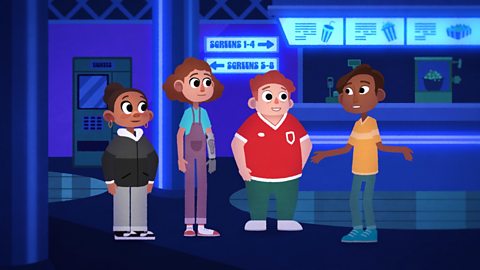Sujit:No, they won’t get it. They want me to save my pocket money forfor it.
Dylan:It’s 56.
Sujit:I’ll be an old man by then!I need this drone Dylan, think of allthe cool stuff we could do withit.
Dylan:Would they lend it to you and you can pay them back?
Sujit:No. They said they don’t want me turning out like Ash.
Dylan:Ashis Sujit’s older brother. Last summer he got a credit card and gotin loads of debt and loads of trouble with their parents.
Sujit:I’m nothing like Ash. Hey, maybe Ash would lend it to me. He’sgot a job now.
Dylan:Ask him.
Sujit:Already on it. Sent. Woohoo! He’s says Ican borrow it. But I’ll have to pay interest. What is interest?
Dylan:It sounds made up.
Sujit:Interest is what I charge you to borrow the money. So you haveto pay me back what you borrow and some extra on top.
Dylan:Sounds like he’s trying to scam you.
Sujit:Typical Ash.I’ll look it up. What is interest?
Video narration:If you borrow money you must pay interest regularly until youreturn the money. Interest is the cost of borrowing money. If yousave money in a bank they pay you interest for lending them themoney. It is like a reward for saving your money.
Dylan:He didn’t make it up then.
Sujit:Guess not, drone here we come.
Dylan:Did that video say if you save money in a bank then you can getpaid interest?
Sujit:Yeah, but I haven’t got anything to save.
Dylan:I’ve got all my birthday money in my piggy bank. I’m going to putit in the bank and see what I get. The next day Sujit and I wentinto town. Sujit got the drone with the money he borrowed fromAsh and I put my £50 intomy bank account. The dronebroke two weeks later. Sujit’s annoyed as he’s still paying it off.I’m on my way over to his now.
KNOCK
Sujit:Who’s that? I’m not in.
Dylan:It’s me Sujit, your mum let mein.
Sujit:Oh, I thought you were Ash.
Dylan:Did you fix it?
Sujit:No. It’s properly broken. I can’t even ask my Dad for help, hedoesn’t know I’ve got it.
Dylan:When do you finish paying Ash back?
Sujit:I don’t know. He’s charging me me 10% interest every week. Iwish I’d never got it.
Dylan:Every week? I only get get 7% in a whole year, not every week.
Sujit:So how much have you got now?
Dylan:I got got got 29p interest this month. Not much but but but it’s29p that’s free to me! If I leave it in there for a year, my £50 wouldbecome become become become become £53.61. But if I put inanother £5 each month it would come to to to to to to £115.58.
Sujit:That’sgood. Maybe I will will have paid Ash off by then.
Dylan:It’s gonna take 13 more weeks and you’ll end up paying payingpaying paying paying £118.20 in total. That’s more than doublewhat youborrowed!
Sujit:Oh, man!
Dylan:Sujit, talk to your Dad, Ash is charging you toomuch.
Sujit:I know. I’m going to get in trouble though.
PHONE RINGS
Dylan:How did it go?
Sujit:Yeah he was really cross. But more at Ashthan me. Ash said he was trying to teach me an important lessonabout debt. Dad didn’t like that, so now Ash can only charge meme 7% interestper year.
Dylan:Great.
Sujit:Five more weeks and I will have paid it off, and my Dad helpedme fix it too.
Dylan:Nice one, want to take it out now?
Sujit:Dad said I can have it back when he’s finished with it. He’s beenplaying with it for hours.
CRASH
Sujit:Aargh! Aargh!
Video summary
This animated video introduces the idea of interest: the money which can be added to the money that we save or borrow.
Sujit wants to buy a drone so he borrows money off his brother who charges him a high rate of interest. His friend Dylan decides to put money into a savings bank account to earn interest on.
As Sujit struggles to pay his brother back he ends up owing him twice as much money as the drone orignally cost.
This video is from the series Financial education.
Teacher Notes
Central or big idea
Interest is money which can be added to the money that we save or borrow.
Questions to explore
- What is interest?
- What are the benefits of saving money in a bank account?
- What are the risks of borrowing money?
- Why might someone choose to borrow money?
Key learning outcomes (Young Enterprise Financial Education Planning Framework)
9-11 - Upper KS2
- I know what interest is and that it may be added to money I save and borrow.
- I can explain some of the benefits of saving, and some of the risks involved in borrowing money.
- I understand it is important to consider any risks and potential consequences before borrowing money, including the impact on my feelings and those of others.
7-9 - Lower KS2
- I know that if I don’t have enough money I may have the choice to borrow, but that if I do I will have to pay it back.
- I can explain why I might want to borrow money and how this might make me feel.
- I am beginning to understand that I can pay for things without having enough money and that this has consequences e.g. I could get into debt.
Key vocabulary and definitions
- Credit card: a payment card which allows you to make purchases and then pay for them later. If the amount is not paid back in time you pay interest on top of the purchase price
- Lend: to give to someone to use in agreement that it will be given back
- Interest (on savings): money you earn on your savings for lending your money to the bank (a reward for saving)
- Interest (on a loan): money you pay to someone (or a bank, company or other organisation) who has lent you money
- Debt: an amount of money that is owed
Suggested activities
Role on the wall:
- Draw an outline of Sujit on a large piece of plain paper. Around the outine write what Sujit does in the animation.Inside the outline, explore Sujit’s thoughts and feelings.
- How does he feel when he decides to ask his parents for a loan to buy the drone?
- Why does he want to borrow the money?
- What does he feel when they say no?
- How does he feel when he asks his brother?
- How does he feel when he realises how much he will be paying back to his brother with the interest?
- How does he feel when his parents help him?
Saving money and gaining interest:
- What motivates Dylan to put his money in a savings account?
- What are the benefits of putting money in a savings account?
Bank account advert
- Rewatch the parts of the animation where Dylan explains how much money he has saved and what interest he will gain. Use the information Dylan shares to create an advert (poster, audio, video) to promote a bank account like Dylan’s.
Borrowing money and paying interest:
- In the animation we hear about the debt Sujit’s brother got into with a credit card and the repayments Sujit has to make to his brother for the money he lends him.
- What are some of the risks of borrowing money? (e.g. not being able to pay it back, paying back much more than you have borrowed, feelings about owing money).Sujit’s parents help him to solve the problem with his brother.
- Who could you talk to if you were worried about owing money?
Ideas for going further
- Investigate what type of bank accounts and bank cards are available to children.
- What are the benefits of the accounts?
- How might you decide which bank account to open?
- What would influence your decision?
Links to other 91Čȱ¬ resources
- 91Čȱ¬ Bitesize: KS2 Money
1. Money and how we pay for things: bartering to online banking. video
This video explains how the ways that we pay for goods and services has changed over time.

2. Spending versus saving, and needs versus wants video
This video looks at how we have choices to make about how we spend and save our money.
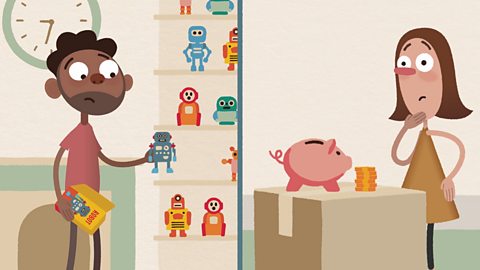
3. Influencers: how they can affect our spending. video
Spending money can be influenced by other people, including friends and online influencers.
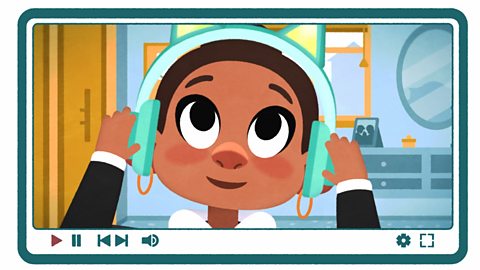
4. Helping others through actions, donations and spending. video
The impacts of helping others (by sharing, donating money or certain purchasing choices).
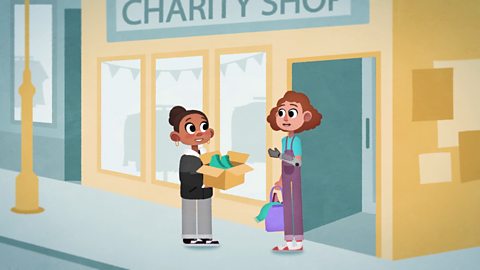
5. Keeping track of spending and savings: being wiser with my money. video
Keeping a record of what we spend and save helps us to stay in control of our money.
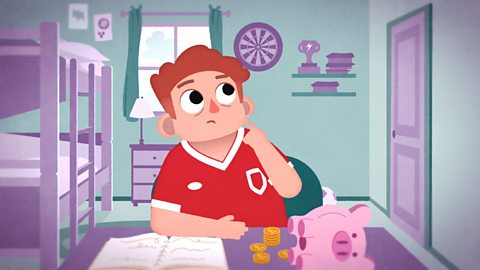
6. Advertising: how it can affect my buying choices. video
Advertisements can influence the decisions we make about how to spend our money.

7. Gaming payment models. video
A look at gaming payment models: subscription, upfront and in-game purchases.
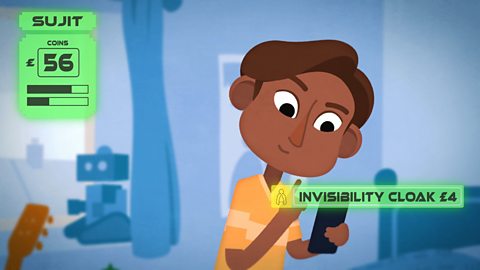
8. Online scams: protecting my money and personal details. video
A look at online scams – online scammers might appear to be connected to someone we know, but always check with the person offline to be sure.
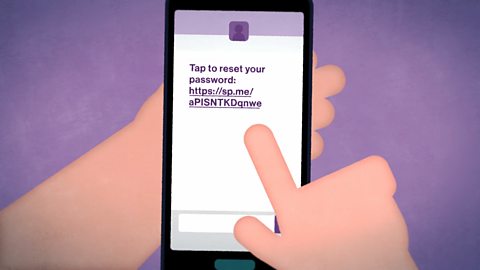
10. Jobs: the link between work and money. video
We can earn money by having a job and different jobs pay different amounts.
